Bacterial Speck Identification and Tips For Control For Bacterial Speck On Tomato Plants
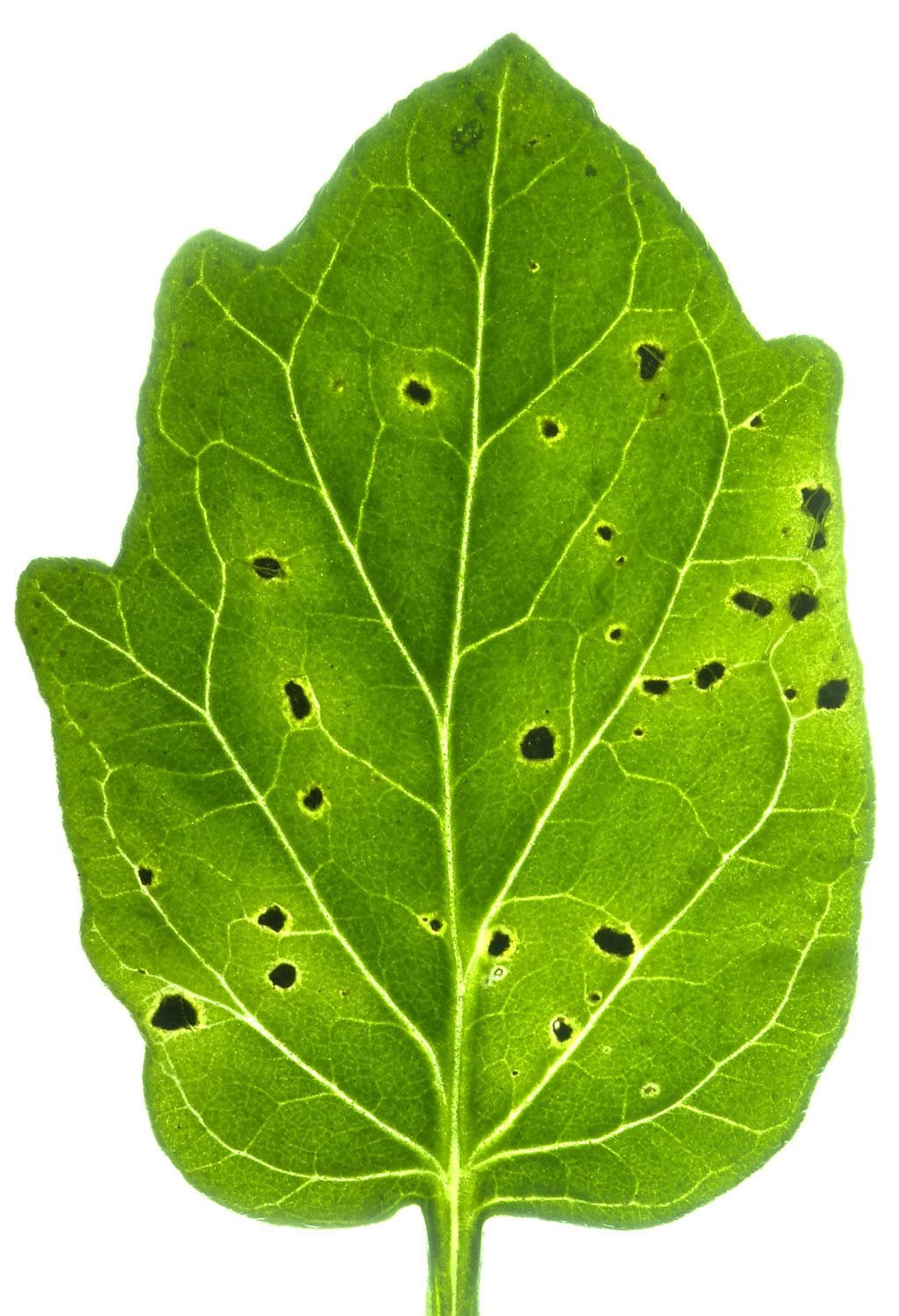

Amy Draiss
Tomato bacterial speck is a less common but certainly possible tomato disease that can happen in the home garden. Garden owners who are affected by this disease often wonder how to stop bacterial speck. Keep reading to learn more about the symptoms of bacterial speck on tomatoes and how to control bacterial speck.
Symptoms of Bacterial Speck on Tomatoes
Tomato bacterial speck is one of three tomato diseases that have similar symptoms. The other two are bacterial spot and bacterial canker. Bacterial speck on tomatoes is caused by the bacteria Pseudomonas syringae pv. The symptoms of bacterial speck (as well as spot and canker) are small spots that appear on the leaves of the tomato plant. These spots will be brown in the center surrounded by a yellow ring. The spots are small, but in severe cases, the spots may overlap, which will make the them look larger and irregular. In very severe cases, the spots will spread to the fruit. There are a few ways to tell the difference between bacterial speck and bacterial spot or bacterial canker.
- First, bacterial speck on tomatoes is the least damaging of the three. Often, bacterial speck, while unsightly, is not fatal to the plant (spot and canker can be fatal).
- Second, bacterial speck will affect only the leaves and fruit on the tomato plant (canker will affect the stems).
- And third, bacterial speck will only affect tomato plants (bacterial spot affects peppers as well).
Control for Bacterial Speck
Unfortunately, there is no bacterial speck treatment once the disease sets in. For the home gardener, if you can deal with the ugly spots, you can simply leave the plants in the garden as fruit from affected plants are perfectly safe to eat. If you're growing tomatoes for sale, you'll need to discard the plants and plant new plants in another location as the damage to the fruit will hurt your ability to sell them. Control for bacterial speck starts before you even grow the seeds. This disease hides within tomato seeds and is often how it is spread. Either buy seeds from a reliable source or treat your tomato seeds with one of the following methods for how to stop bacterial speck at the seed level:
- Soak seeds in a 20 percent bleach solution for 30 minutes (this may reduce germination)
- Soak seeds in water that is 125 F. (52 C.) for 20 minutes
- When harvesting seeds, allow the seeds to ferment in the tomato pulp for one week
Control for bacterial speck also involves using basic common sense in your garden. At the end of the season, discard or destroy any affected plants. Do not compost them. Rotate your tomato plants yearly to prevent re-infection next year. Do not share seeds from affected plants, as even with seed treatment for bacterial speck, there is a chance that it will survive. Also, make sure to use proper spacing when planting and water plants from below, as bacterial speck on tomatoes spreads quickly from plant to plant in crowded, cool, wet conditions.
Gardening tips, videos, info and more delivered right to your inbox!
Sign up for the Gardening Know How newsletter today and receive a free copy of our e-book "How to Grow Delicious Tomatoes".

Heather Rhoades founded Gardening Know How in 2007. She holds degrees from Cleveland State University and Northern Kentucky University. She is an avid gardener with a passion for community, and is a recipient of the Master Gardeners of Ohio Lifetime Achievement Award.
- Amy DraissDigital Community Manager
-
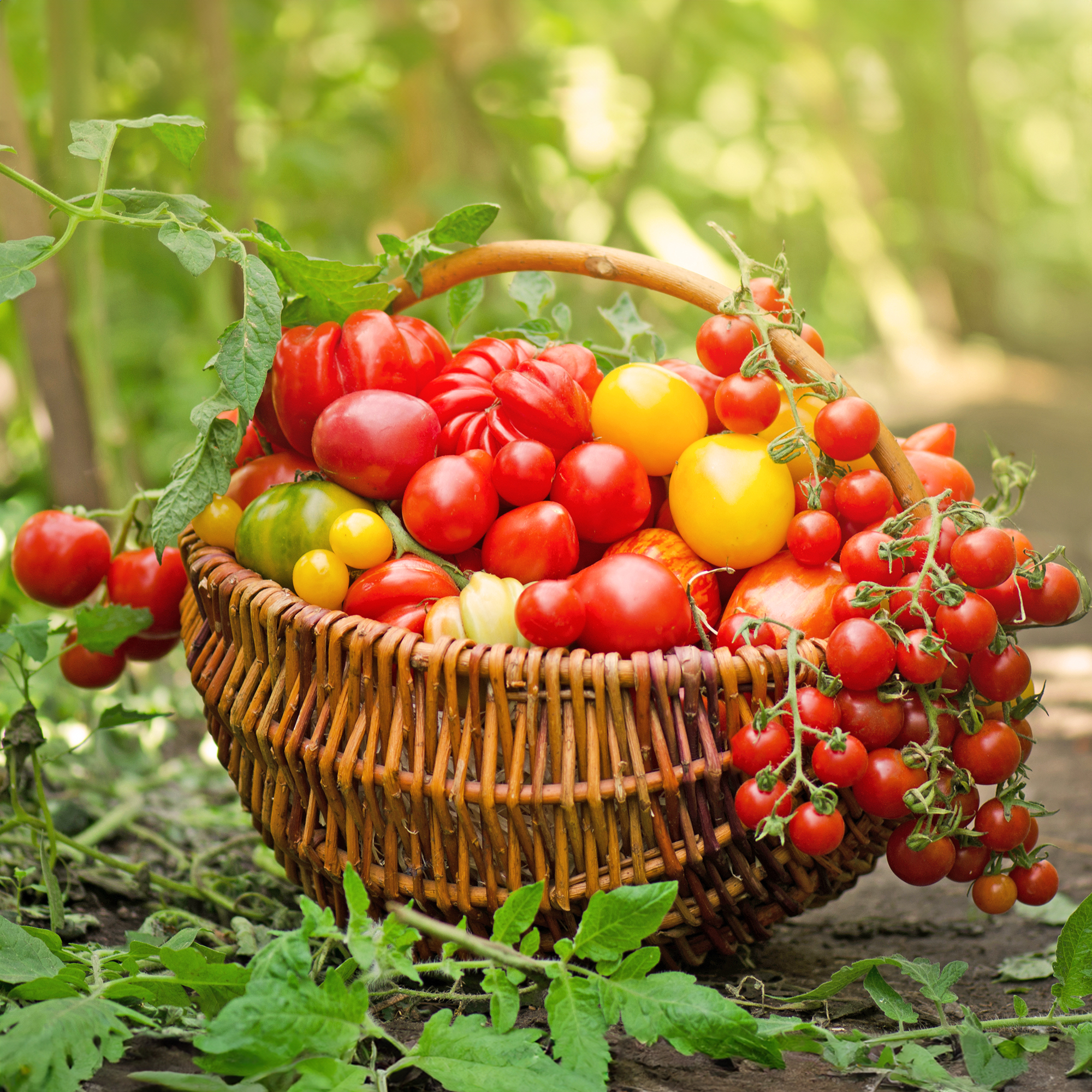 Types Of Tomatoes Explained: Explore The Many Wonderful Shapes, Colors, Flavors, & Best Uses
Types Of Tomatoes Explained: Explore The Many Wonderful Shapes, Colors, Flavors, & Best UsesThe world of tomato varieties is vast and fascinating. Learn about the key types to grow in your garden, tailored to your preferences and space.
By Amy Grant
-
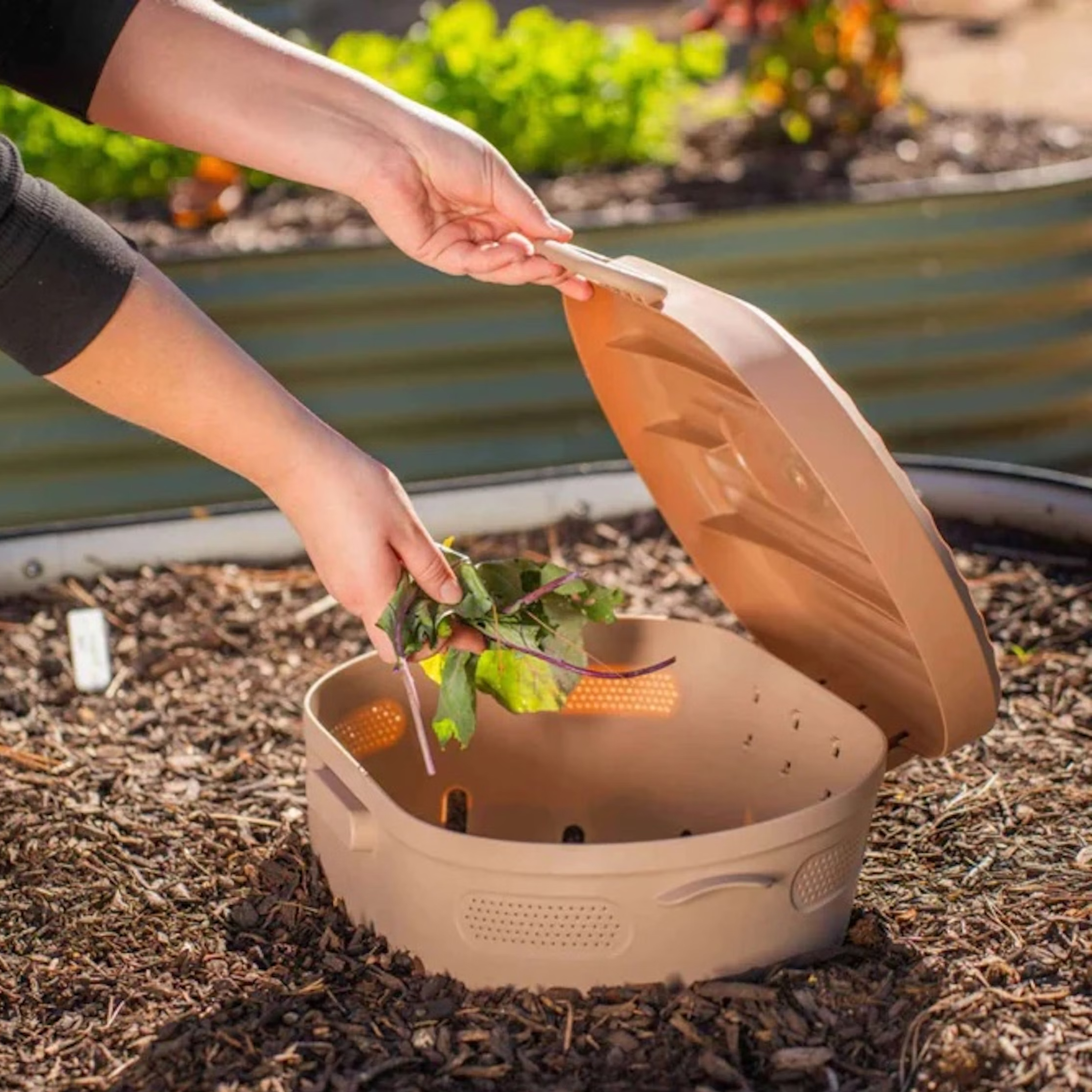 Try The Trend – Turn Any Bed Into A Keyhole Garden With This Clever In-Ground Composter
Try The Trend – Turn Any Bed Into A Keyhole Garden With This Clever In-Ground ComposterKeyhole gardening is an efficient and sustainable practice that saves space. Get started on this DIY project quickly and easily with an in-ground composter.
By Bonnie L. Grant
-
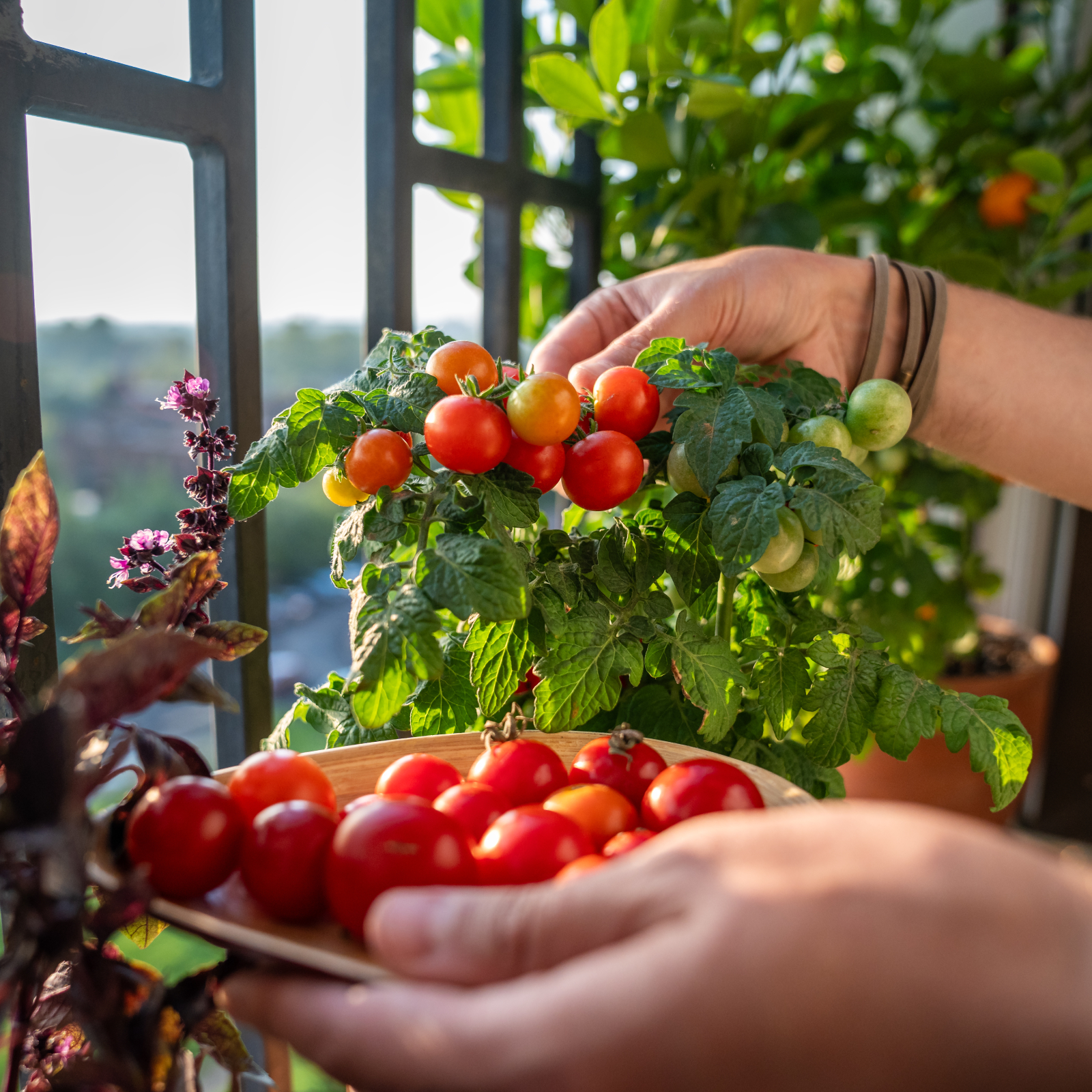 Best Tomatoes For Containers: 10 Tastiest Varieties For Plentiful Produce In Compact Areas
Best Tomatoes For Containers: 10 Tastiest Varieties For Plentiful Produce In Compact AreasThese are the best tomatoes for containers that prove you don't need to have a large space or elaborate garden to grow delicious produce.
By Bonnie L. Grant
-
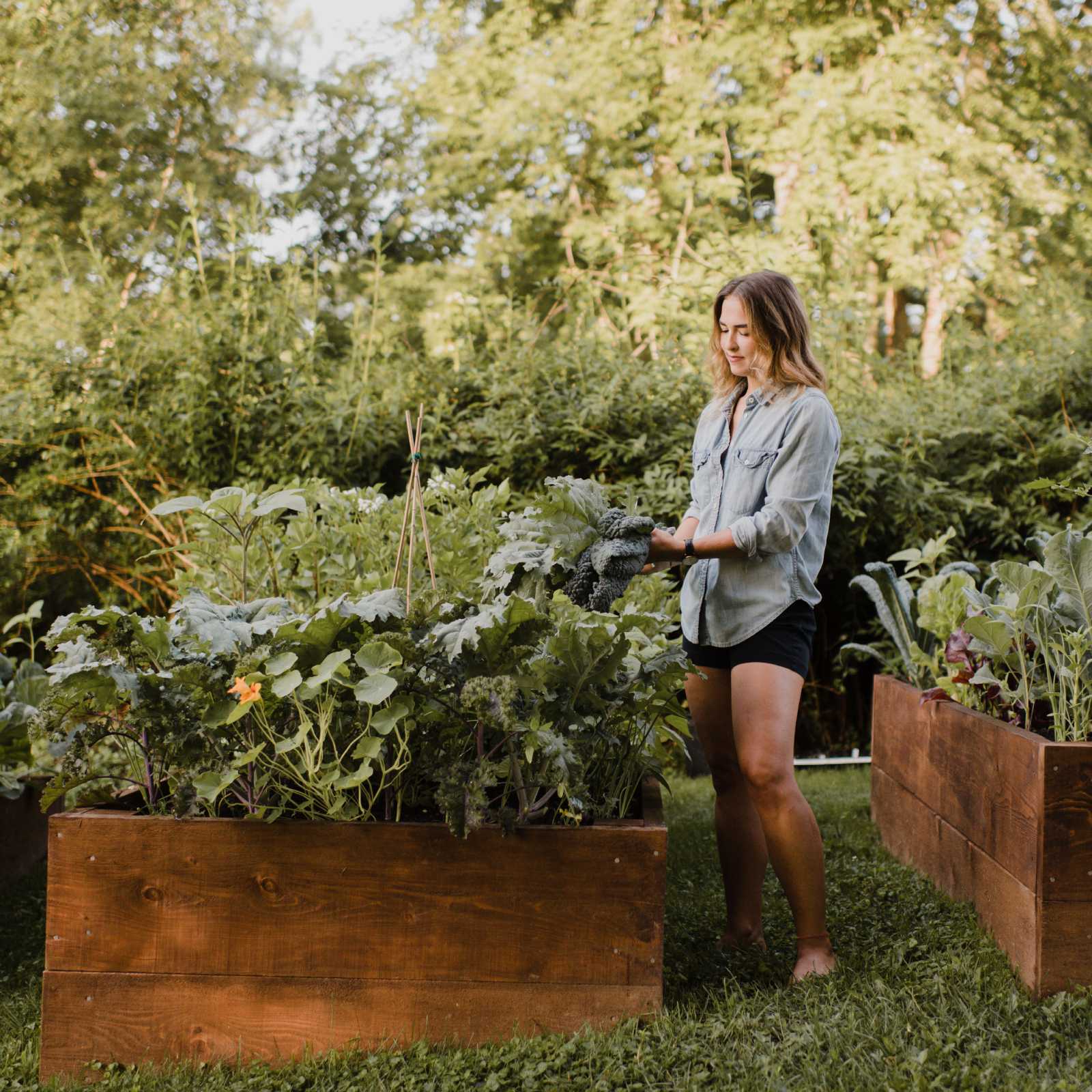 Raised Bed Garden Layout Ideas To Maximize Your Vegetable Harvest
Raised Bed Garden Layout Ideas To Maximize Your Vegetable HarvestCurious how to maximize your vegetable garden this year? Try these raised bed layout ideas and tips to get the most out of your space.
By Teo Spengler
-
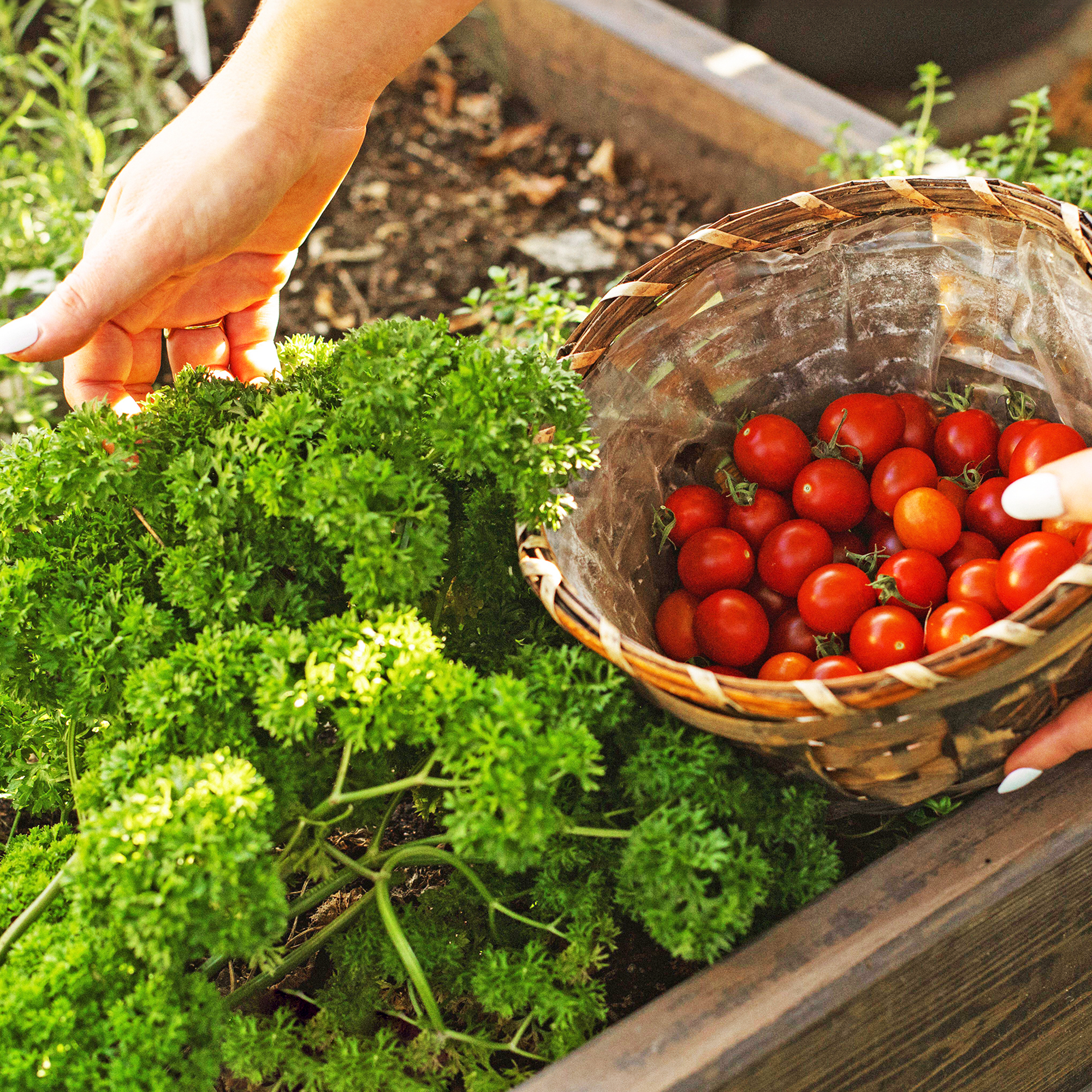 Best Herbs To Plant With Tomatoes: 6 Perfect Companions For Better Flavor & Bigger Harvests
Best Herbs To Plant With Tomatoes: 6 Perfect Companions For Better Flavor & Bigger HarvestsCertain herbs make excellent neighbors to tomatoes in the vegetable garden, repelling pests, keeping down weeds, and enhancing flavor. Try these top varieties.
By Mary Ellen Ellis
-
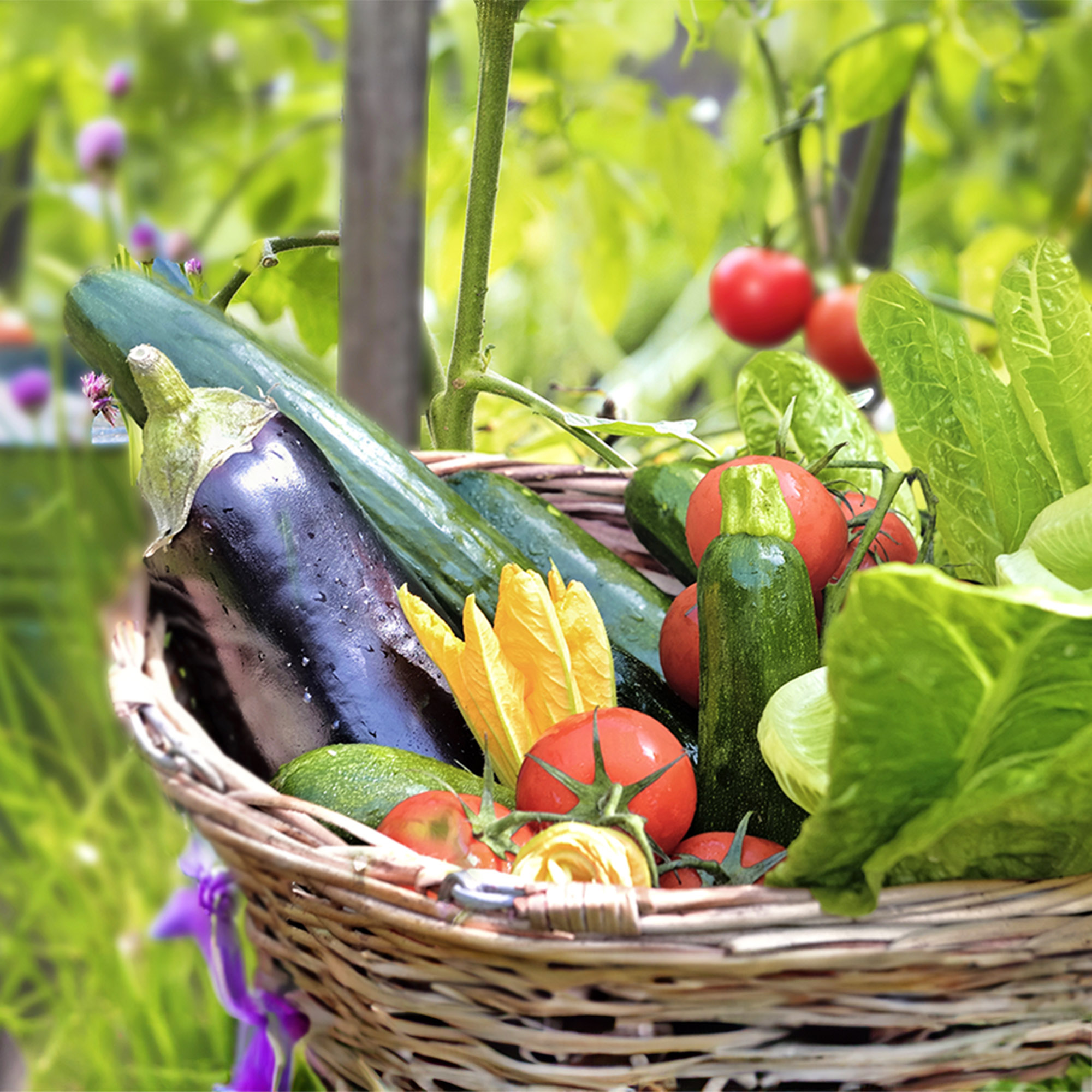 7 Best Vegetables To Plant In February – And Start Harvesting From Early Spring
7 Best Vegetables To Plant In February – And Start Harvesting From Early SpringGet a head start on your garden with these delicious veggies. Plant now and you can begin enjoying home-grown harvests sooner than you think.
By Mary Ellen Ellis
-
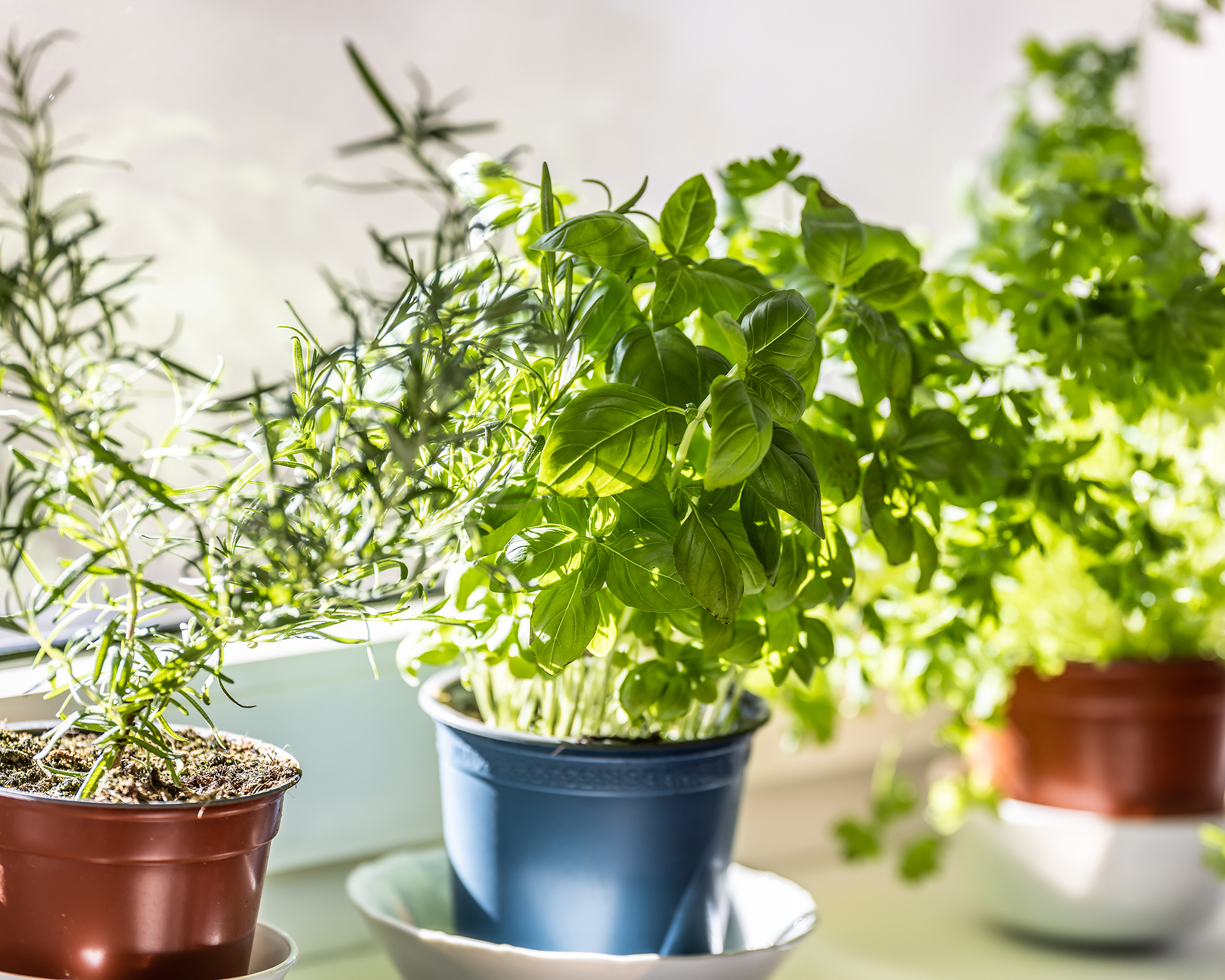 How To Grow A Windowsill Full Of Veggies This Winter, According To A Top Gardening Expert
How To Grow A Windowsill Full Of Veggies This Winter, According To A Top Gardening ExpertAward-winning journalist and climate-resilient gardening expert Kim Stoddart reveals her top plant picks and tips for a productive winter windowsill garden.
By Kim Stoddart
-
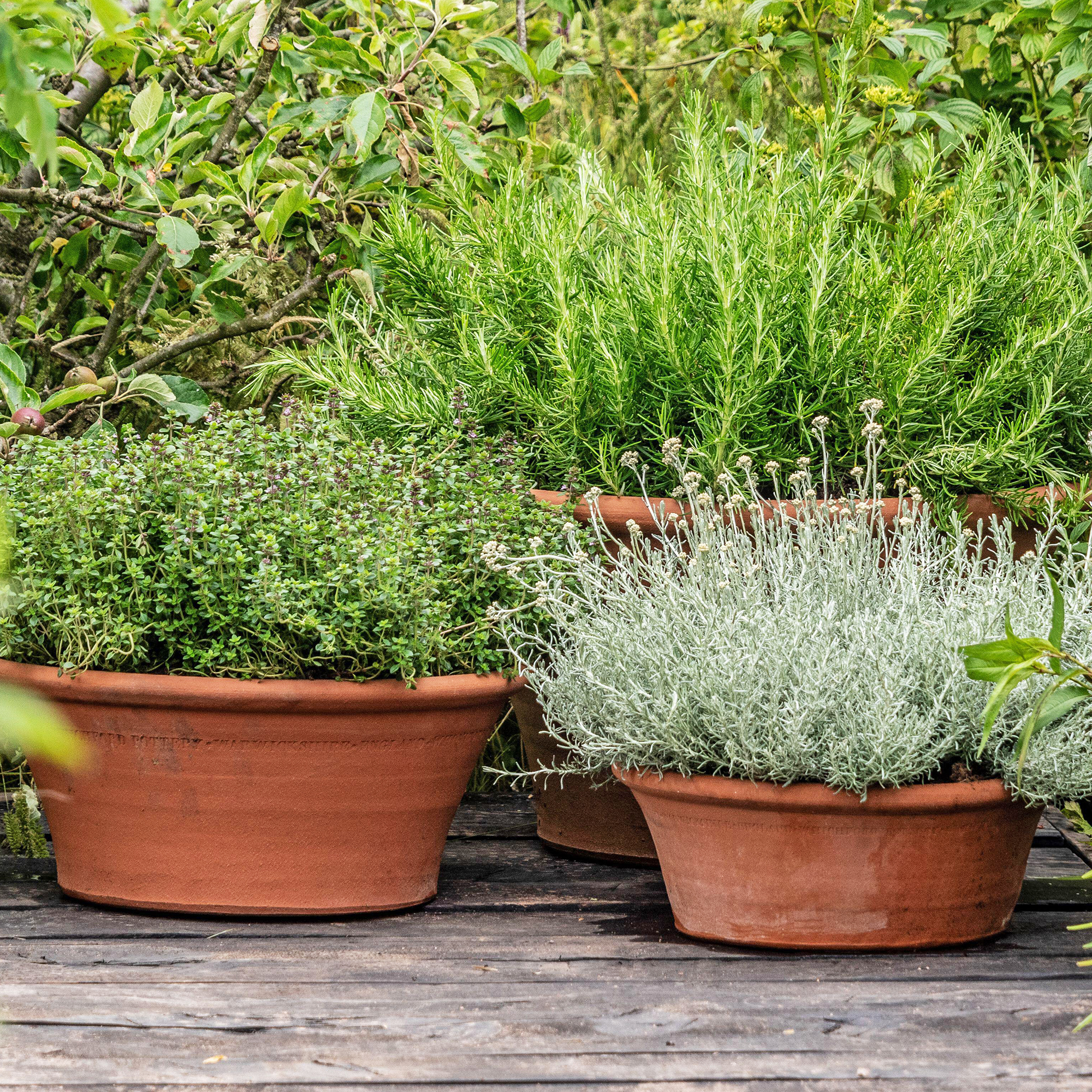 7 Perennial Herbs Perfect For Pots – Enjoy Aromatic Patio Harvests Year After Year
7 Perennial Herbs Perfect For Pots – Enjoy Aromatic Patio Harvests Year After YearDiscover the best perennial herbs to grow in pots. Ideal for small spaces, these low-maintenance plants offer year-round flavor and greenery on your patio.
By Bonnie L. Grant
-
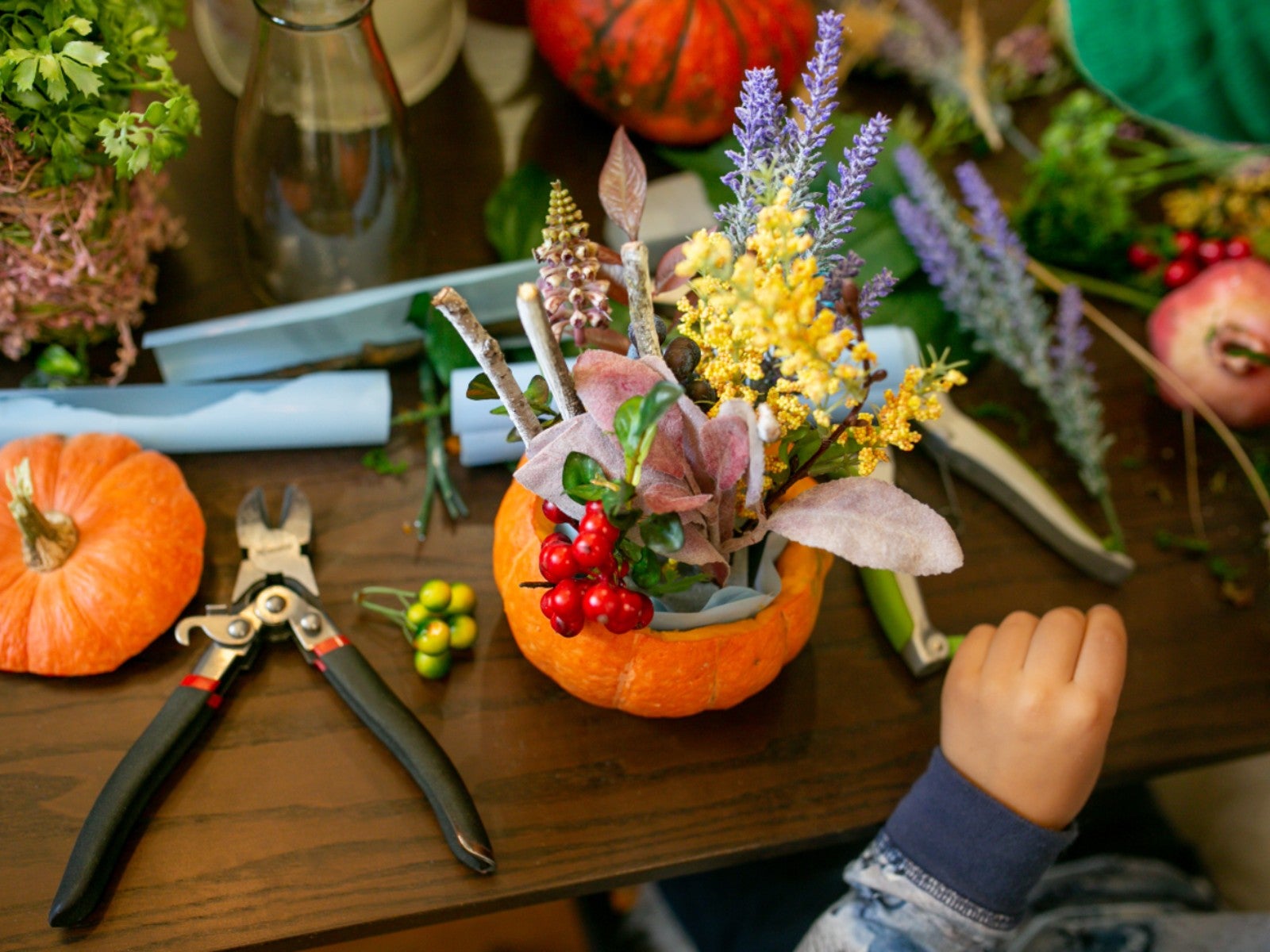 Do-It-Yourself Floral Pumpkin Centerpiece
Do-It-Yourself Floral Pumpkin CenterpieceCan you believe this pretty pumpkin centerpiece was made with just $13 worth of supplies? Plus, it was quick and easy.
By Amy Draiss
-
 9 Fun Things To Do With Pumpkins That Are Past Their Prime
9 Fun Things To Do With Pumpkins That Are Past Their PrimeWondering what to do with your pumpkin after the Halloween fun is over? Learn what to do with your pumpkins when you are done decorating with them.
By Teo Spengler